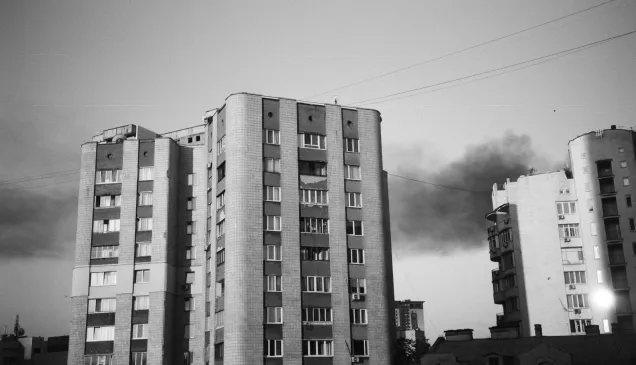Armenia: Inside a border village affected by conflict
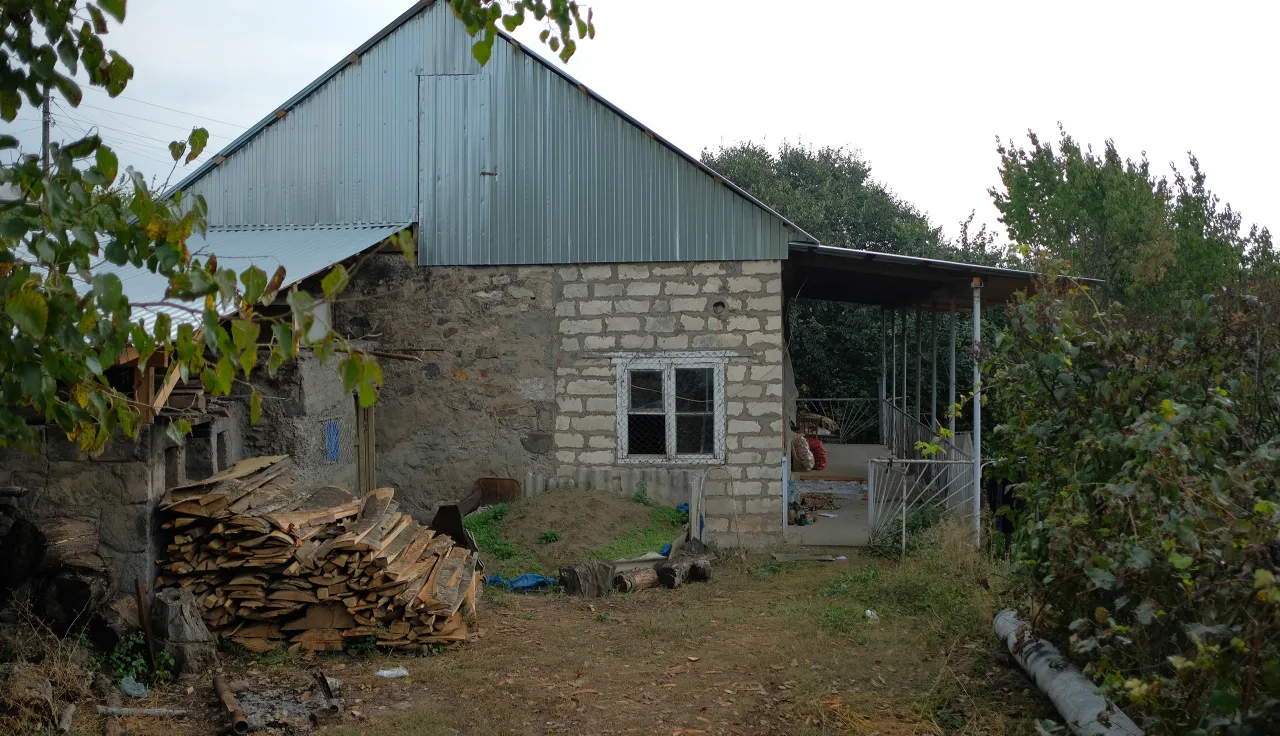
We recently visited Baghanis an Armenian village located just one and a half kilometers away from the border with Azerbaijan. We arrived in the village during the day and found the earthen streets close to deserted.
The children were at school and the people were busy with their daily housework. On a road funneled with yellow pipelines we met Gagik Alaverdyan who was walking his grandson and speaking to a neighbour.
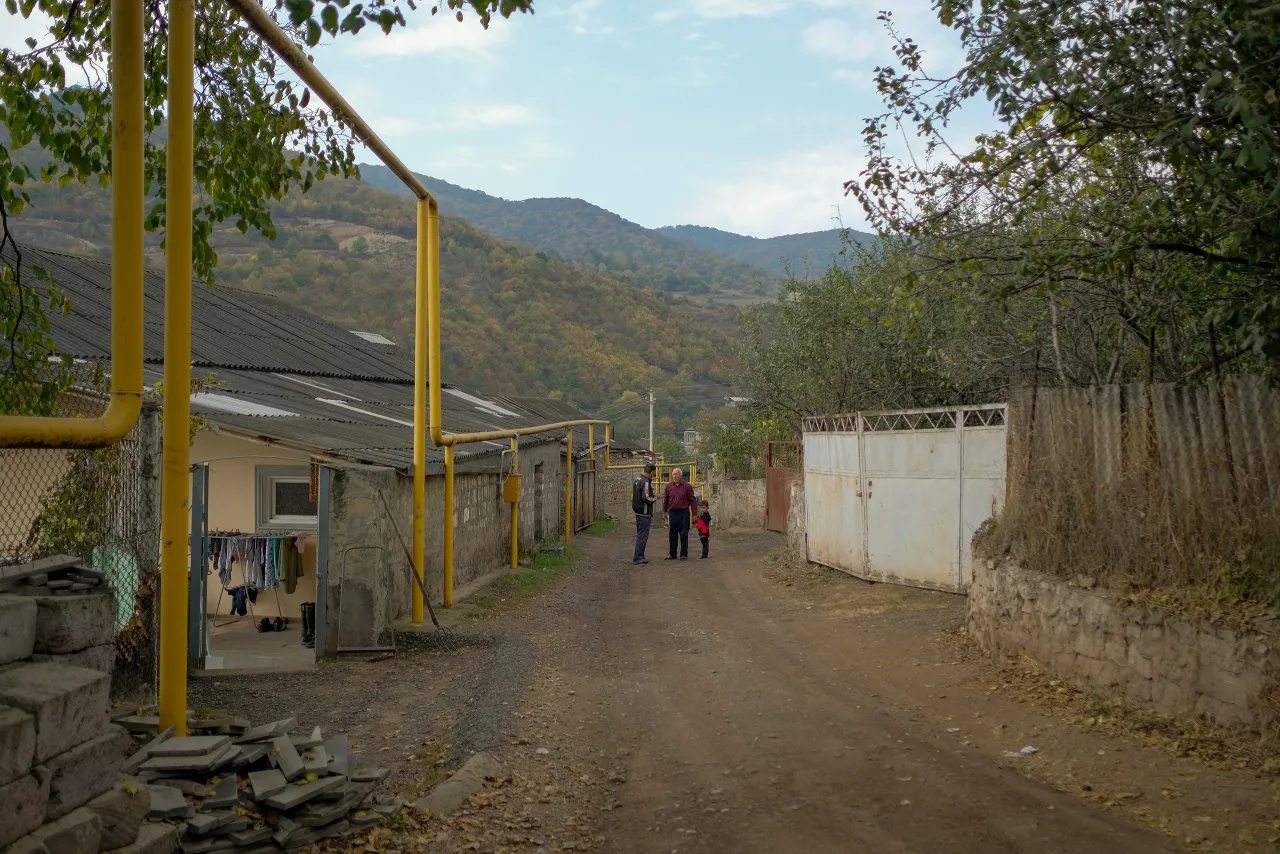
Gagik is unemployed like many others in border communities of Armenia's Tavush region. With most of the arable lands exposed to security risks, there are few economic opportunities for the people here. A lot of men move abroad to seek temporary employment and a more sustainable source of income.
But for those left behind, life continues to move at a slow pace with people rarely coming across any new faces. Maybe that's why when Gagik saw us he eagerly invited us to show around his house.
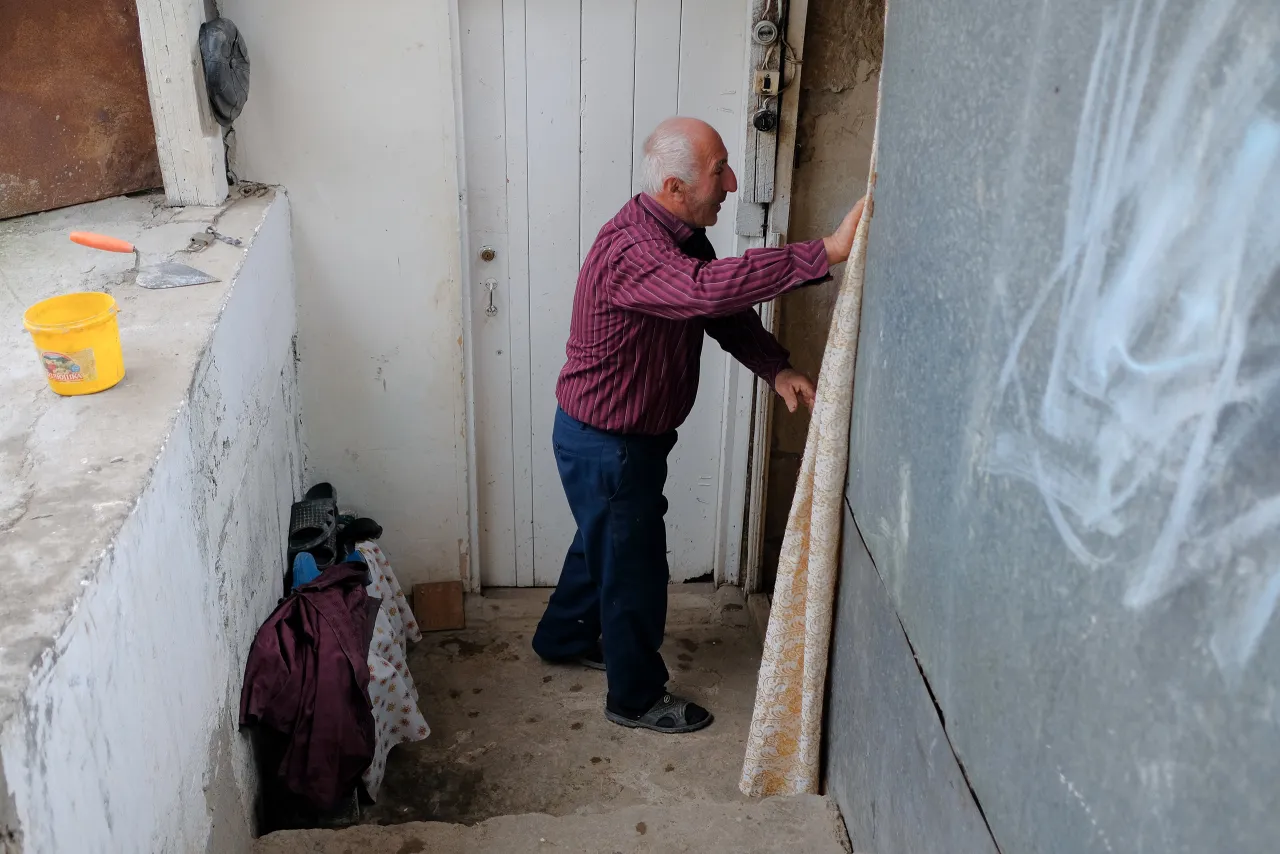
Narrow stairs took us down to a basement. Jars of homemade juices, warm clothing, nuts and bottles of water greeted us – all stored within musty walls. The compact space serves both as a lumber-room for the family and a safe place to hide in case of shooting.
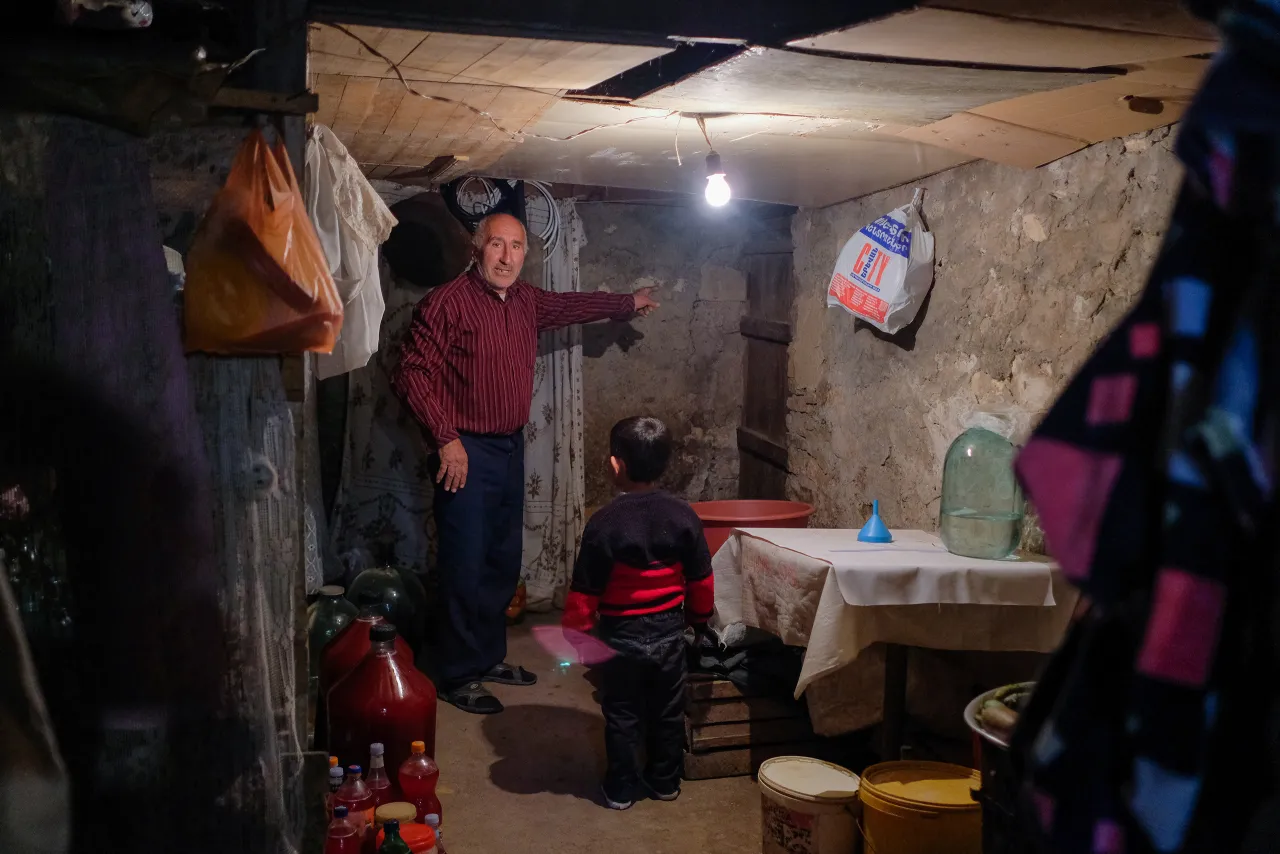
We work on both sides of the border to help civilians reduce their daily exposure to security risks, for example by walling in windows of their houses. More safety for less sunlight – that is the unfortunate deal. Therefore, when only one window is left to use, people turn it into the most serene and beautiful corner in the house.
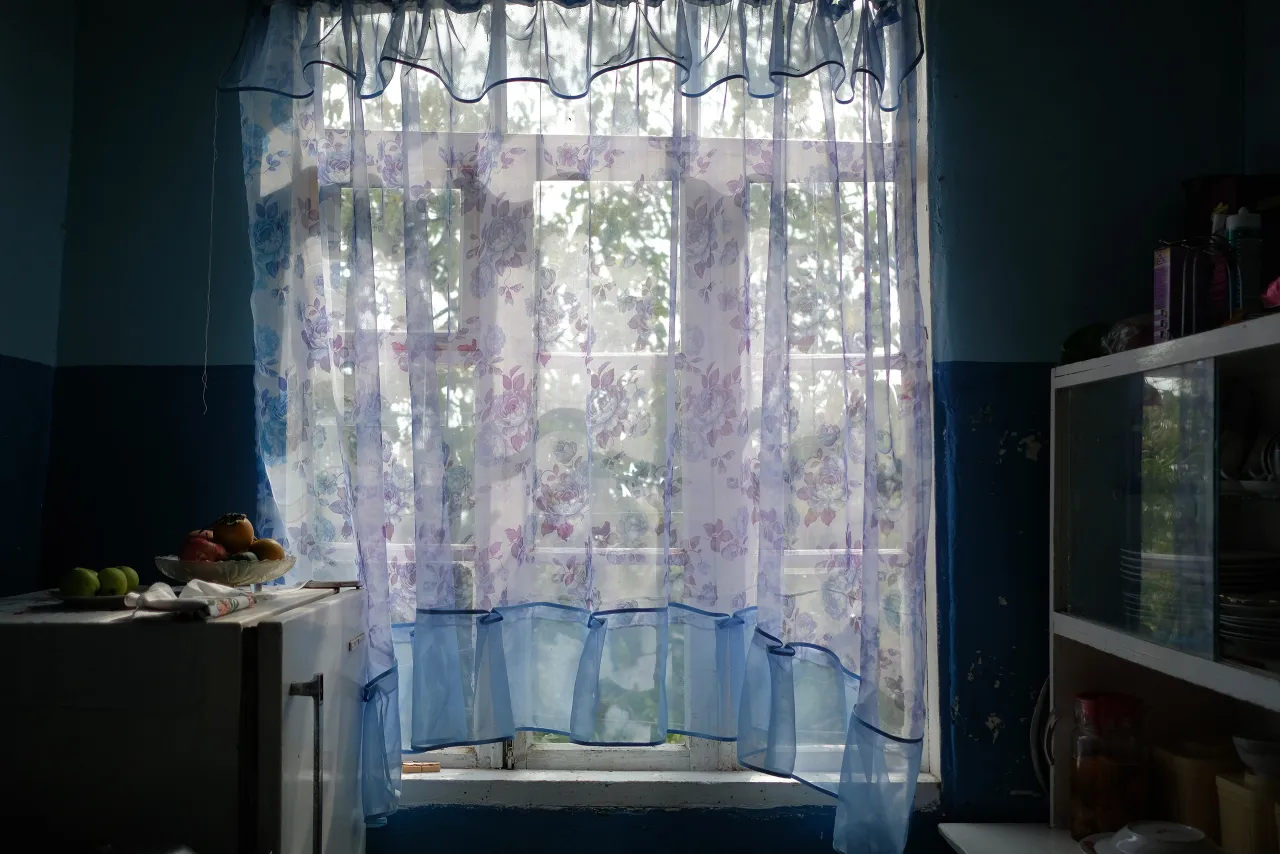
Gagik's four-year-old grandson timidly poses in front of the camera. With a population of barely 800, toddlers in Baghanis are the smallest age group of community. When the young get married, they prefer leaving the village and moving to a city, including to capital Yerevan.

In a simple wooden box filled with screwdrivers, unused old keys, locks and nails of different sizes, Gagik's hands search for old bullet shells collected from the surroundings and kept with everything else. They are a stark reminder that security risks remain a major issue in these places.

Unlike other regions in Armenia, women in Tavush are often the only breadwinners of the entire family. Apart from taking care of daily routine, they take to small income-generating activities, engage in community gatherings and traditionally extract beverages from forest berries, like rosehips.
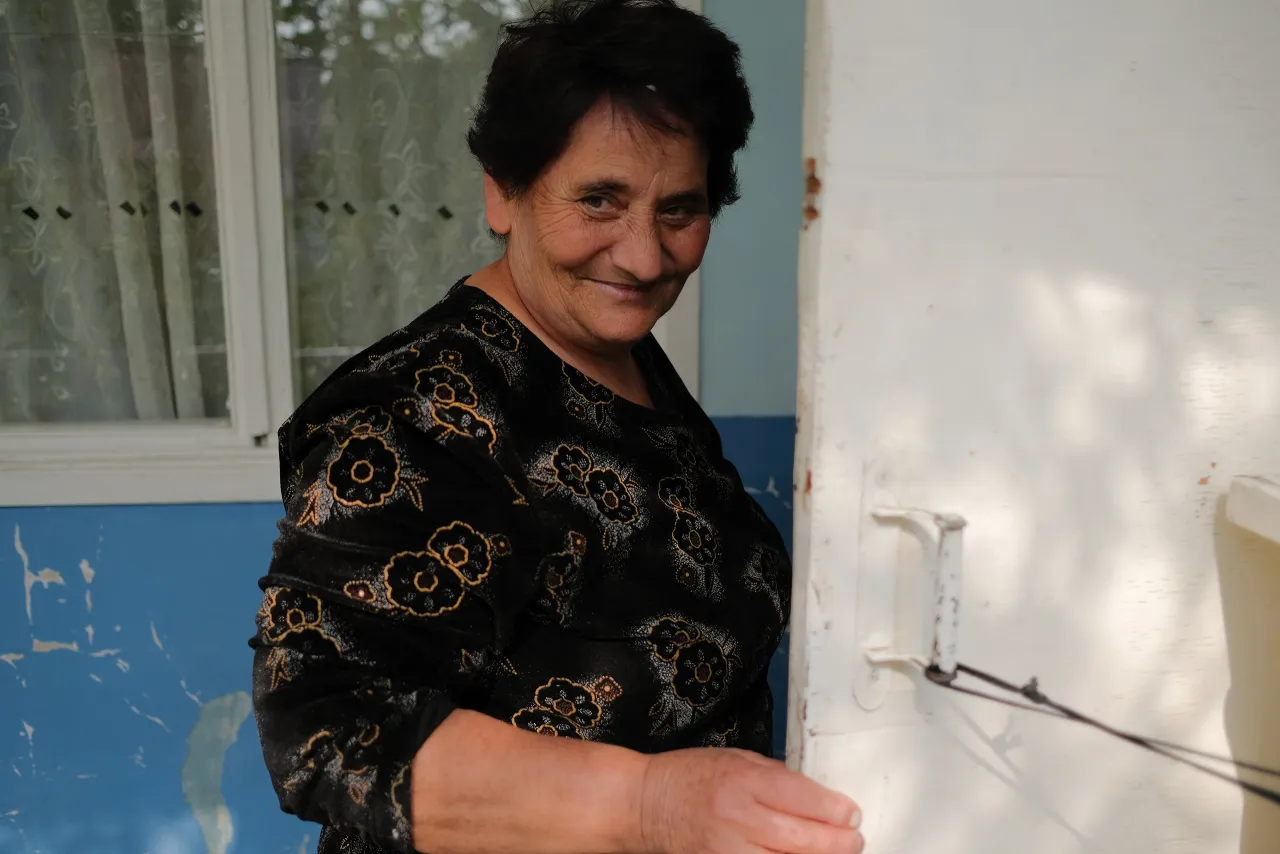
Rosehips enjoy prominence in the village life. Scenes like this with the rosehip caught up in the autumn sunlight are a common sight in Tavush.
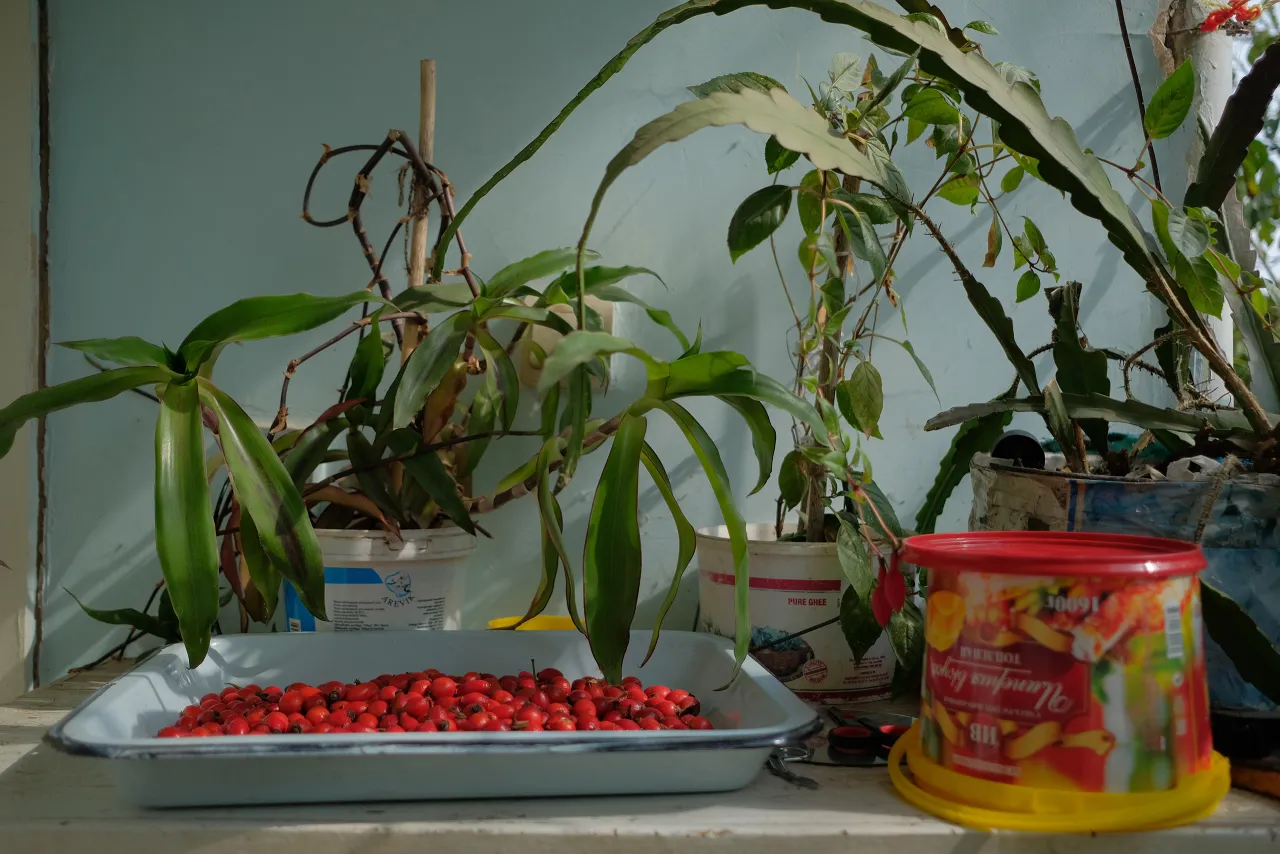
Gagik and his grandson seemed to be close friends. The kid did not leave his presence while we were in the house. Like all grandparents, Gagik's biggest wish for his grandson is a life without insecurity and fear.
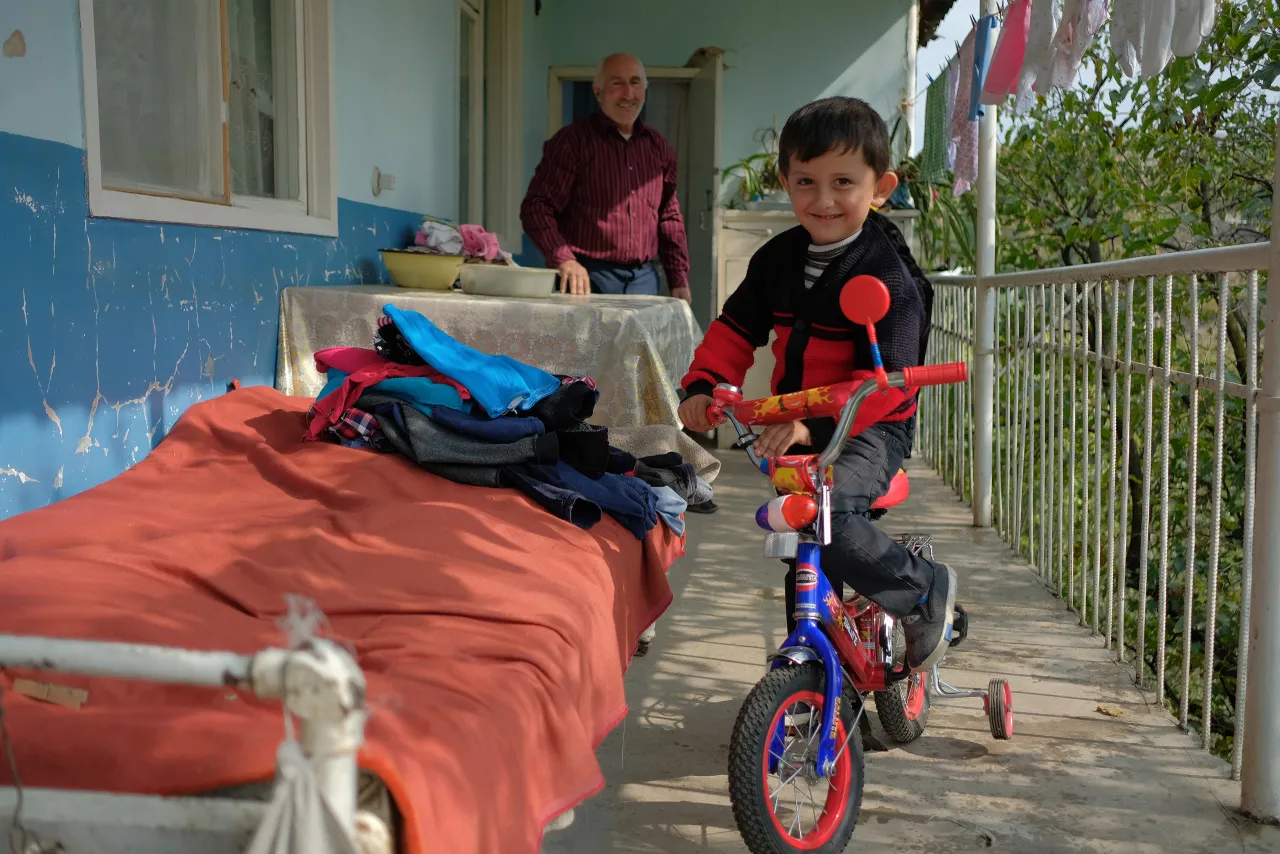
This family's story is the same as hundreds of those in Armenia and Azerbaijan who live in communities along both sides of the border. More than 25 years since the Nagorno-Karabakh conflict, they are still worrying over everyday safety, access to schooling, farmland and clean water as well as other issues of wellbeing. While these people may seem to have made peace with the situation, life like this should not become "the new normal".
The International Committee of the Red Cross has been present in communities on both sides along the Armenian-Azerbaijani border helping the affected people mitigate the consequences of the conflict. Our proximity translates into projects like setting up passive protective measures in schools and kindergartens, supporting people to start small-scale businesses, improving access to water and training in first aid, mine awareness, stress management and safe behavior.


